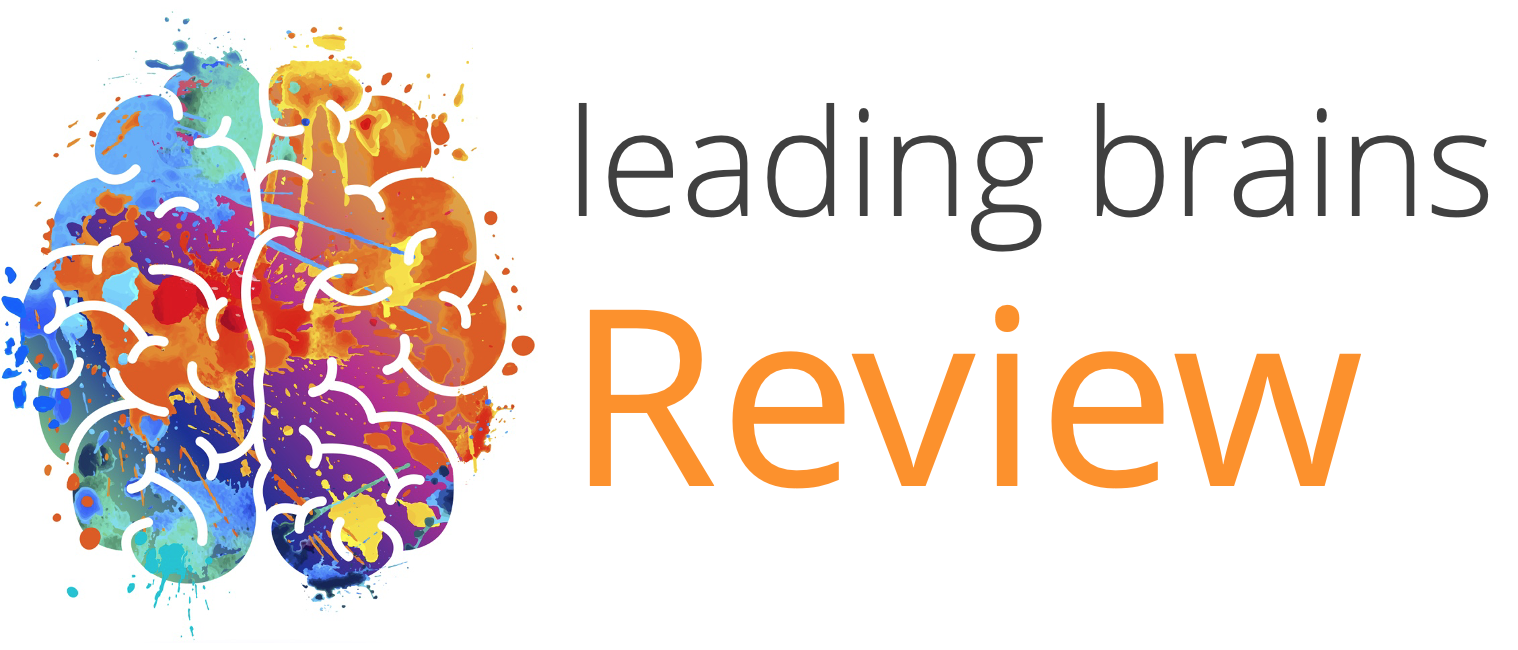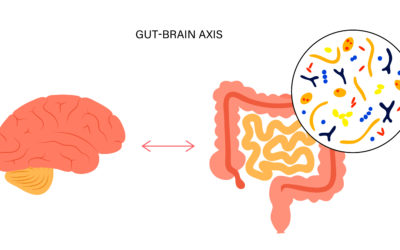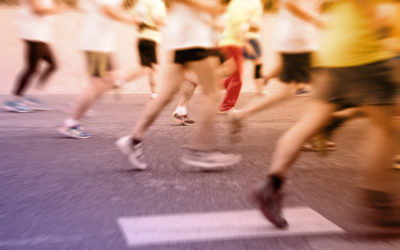Quick Hits
Daily brief research updates from the cognitive sciences

Yes, you yoga practitioners knew you were special and here is the science to prove it!
In this older study I came across (2018) participants were recruited to see how they dealt with stress. 19 were yoga practitioners (taking part in 1-3 30- to 60-minute sessions per week) and 12 were from the general public who didn’t participate in yoga but were physically active. They were then given various questions and then they had their brains scanned. During scanning they were given various emotion-eliciting stimuli and tasks. These were video clips and were selected to elicit certain types of emotions e.g. anger, or conversely, happiness.
What was interesting is that the researchers found that yoga practitioners had a unique brain activation pattern activating two brain regions known as the superior parietal lobule and the supramarginal gyrus during emotional regulation. This suggest that something about yoga changes brain activation patterns. As the researchers note:
“… yoga experience may allow individuals to: (1) regulate the emotion generation process through greater flexibility, acceptance and non-attachment to the self when observing or experiencing emotions; and (2) be more empathic when presented with an emotional situation, by attending to the emotions of other individuals”
Now that is a sales message for yoga!

Andy Habermacher
Andy is author of leading brains Review, Neuroleadership, and multiple other books. He has been intensively involved in writing and research into neuroleadership and is considered one of Europe’s leading experts. He is also a well-known public speaker speaking on the brain and human behaviour.
Andy is also a masters athlete (middle distance running) and competes regularly at international competitions (and holds a few national records in his age category).
Reference
Wadden, K. P., Snow, N. J., Sande, P., Slawson, S., Waller, T., and Boyd, L. A. (2018).
Yoga practitioners uniquely activate the superior parietal lobule and supramarginal gyrus during emotion regulation.
Front. Integr. Neurosci. 12.
doi:10.3389/fnint.2018.00060.
More Quick Hits
Neurons for alcohol withdrawal
I’ve reported on alcohol a number of times. Most recently reporting that even low quantities of alcohol appear to age the brain (however, higher quantities are much worse). Researchers had previously found that a signalling molecule pathway in the brain seemed to...
How the Arts Help Self Control
Quick HitsDaily brief research updates from the cognitive sciencesome people criticise arts education, thinking that it is more play and has no clear life function. Normally a certain type of conservative. This is short minded; we know that arts...
How the gut communicates with your brain
Quick HitsDaily brief research updates from the cognitive sciences ust after publishing the article on Serotonin and stating that the gut and brain’s serotonin systems can be considered separate entities, out comes a piece of research to show that...
Are you an “elite sleeper”? It’s in your genes.
Quick HitsDaily brief research updates from the cognitive sciences ’ve reported many times on different aspects of sleep and how important this is for health in general and for brain health in particular. You can go here for a short review of all...
Controlling social mingling by laser
Quick HitsDaily brief research updates from the cognitive sciences here has been plenty of research into brain areas that contribute to our social brain but these researchers around Stephen Mague at Duke University went a step, or two, further and...
Exercise is Infectious
Quick HitsDaily brief research updates from the cognitive sciences his is an older study (2017) I came across and found fascinating. As many of you regular readers will know I have reported many times on the benefits of exercise. But this study was...






